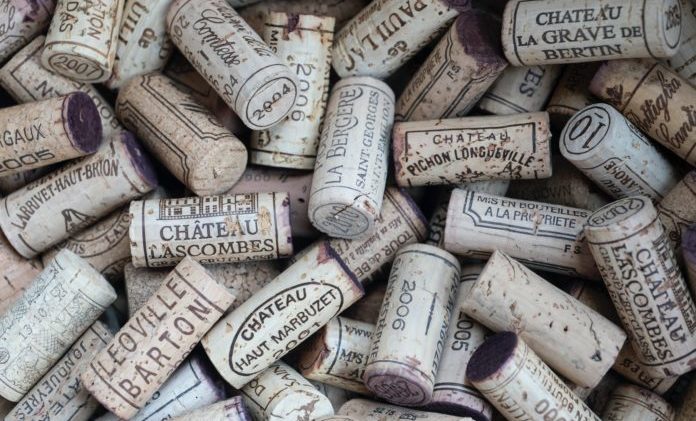It is almost impossible to make sense of the modern wine world without grasping the influential role played by France.
The French may not have been the first to make wine, and may no longer dominate today’s market share, but they were first to systematically pursue quality in winemaking.
On that front they faced little competition before the late 1800s. As a result, anyone anywhere looking to improve the quality of their wine has naturally turned to France for inspiration.
The French influence is manifest in every country that makes wine, and in every aspect of the wine trade. Virtually all wines made outside Europe use grapes of French origin, and follow the “recipes” of the French classics, like white Burgundy, red Bordeaux and sparkling Champagne.
Even in countries that have their own wealth of native grape varieties — like France’s closest rivals, Italy and Spain — the best wines are generally made with French grape-growing and winemaking techniques, and many are aged in French oak barrels.
A great number feature famous French grapes (like cabernet sauvignon) in blends based on local varietals, such as Tuscan Sangiovese or Castilian Tempranillo. And, when winemaking rules were standardized throughout the European Union, the quality-oriented French system was adopted for all: naming wines by place, regulating permitted grapes and maximum yields, and establishing formal hierarchies based on wine quality.

Marnie Old is one of the country’s leading wine educators. Formerly the director of wine studies for Manhattan’s French Culinary Institute, she is best known for her visually engaging books published by DK – such as Wine: A Tasting Course. Marnie currently serves as director of vinlightenment for Boisset Collection.
For more VINsights, check out Why Vineyard Soil is So Important for Terroir,
How to Preserve Opened Wine and How to Preserve Opened Wine Part 2: Freeze It! as well as the podcast Wine Needs to Recalibrate.









